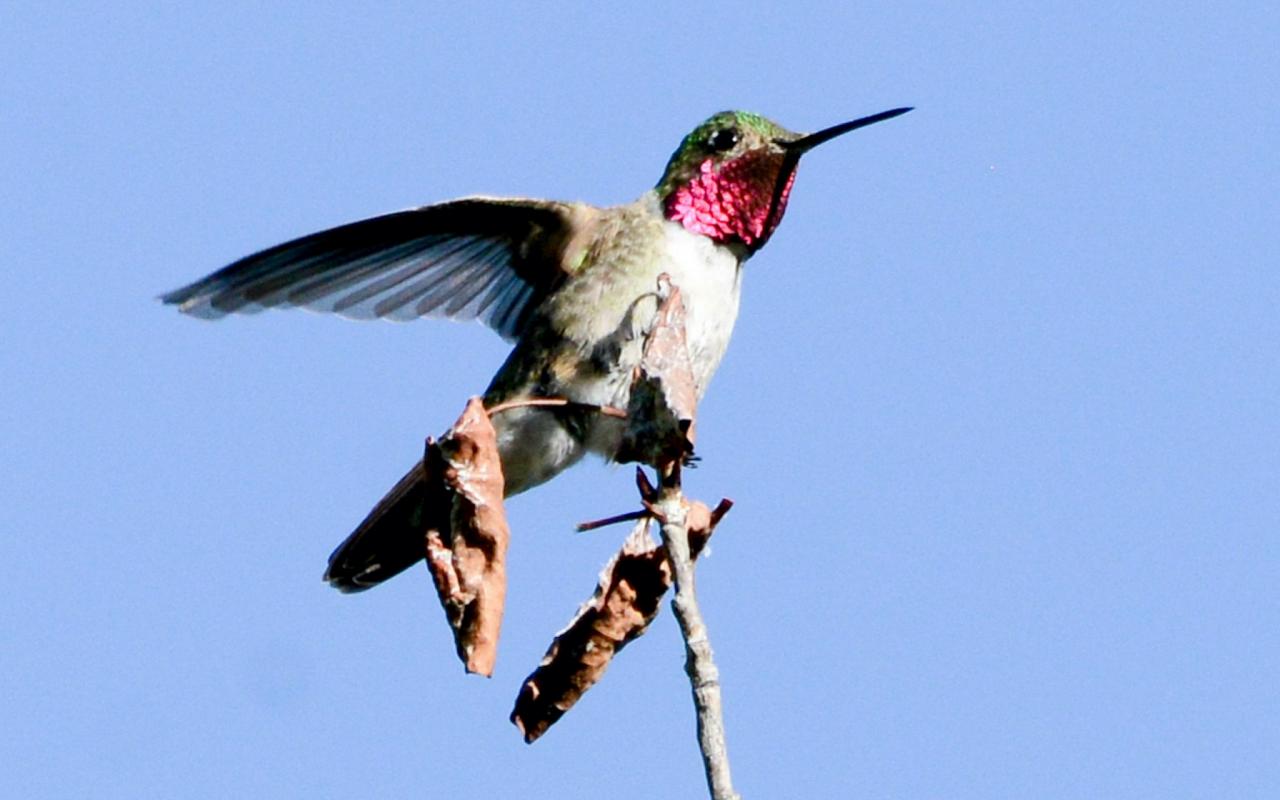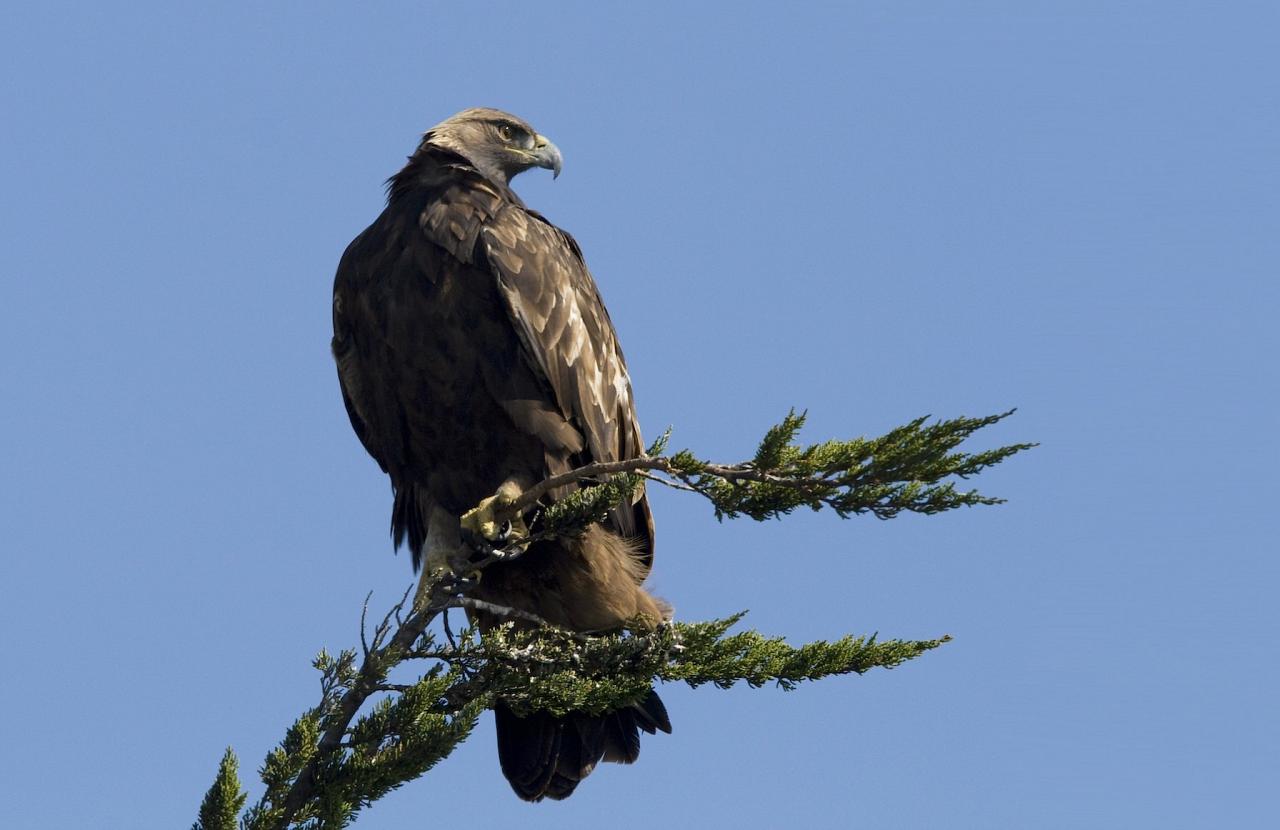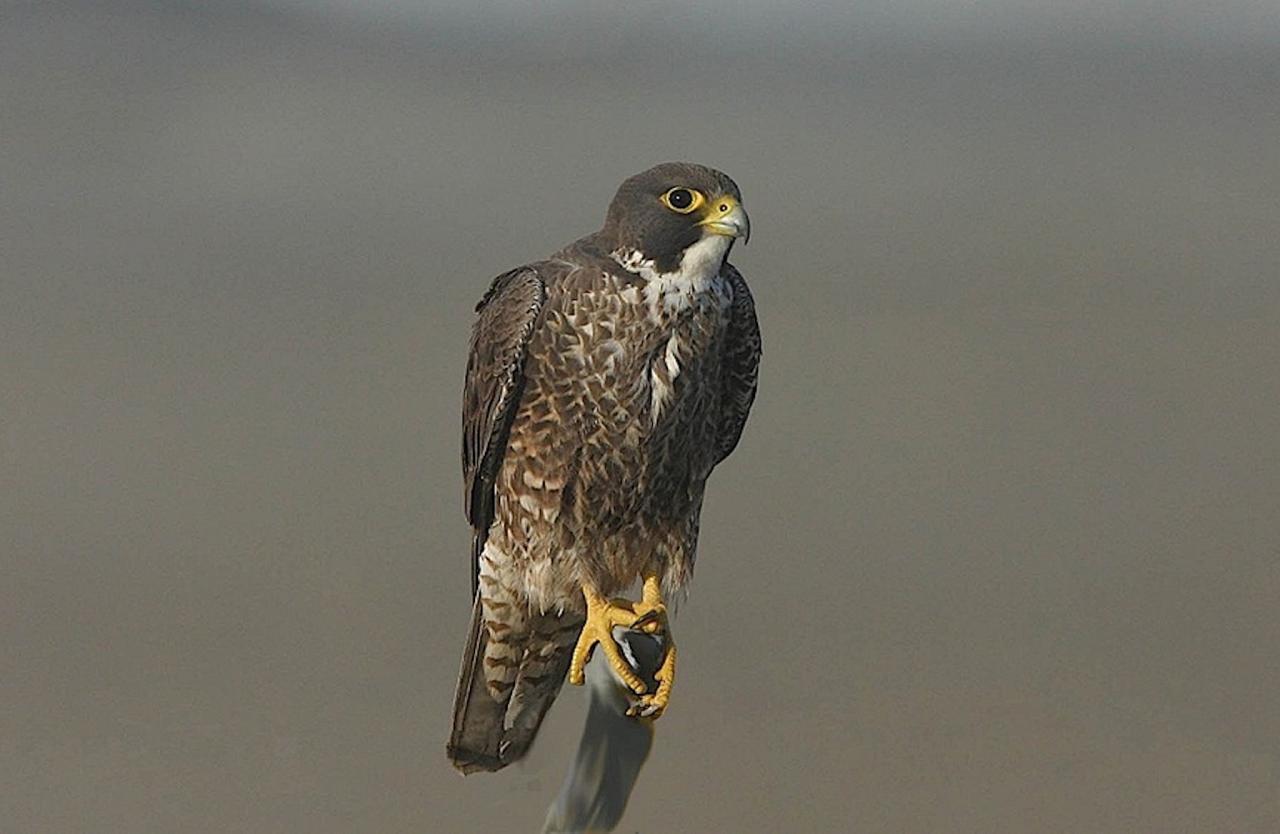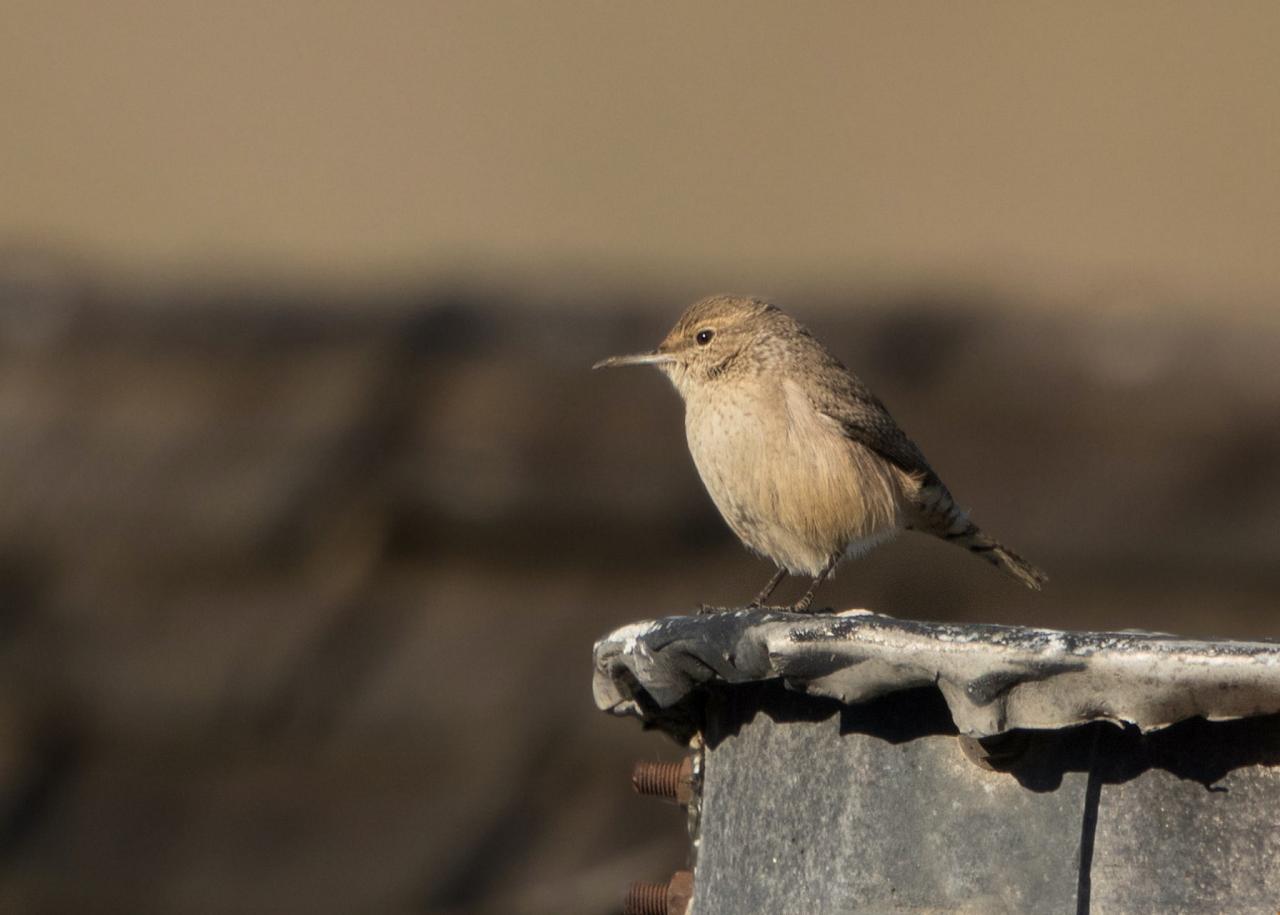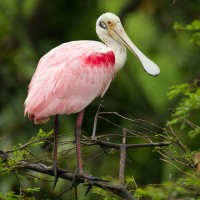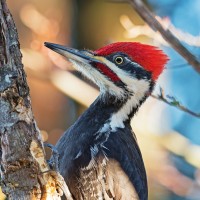- Overview
- Full Itinerary
- Photo Gallery
- Costing
- Travel Details
- Trip Reports
- Guides
- Map
- Know Before You Go
- Other Trips You May Like
Renew your spirits in the mountains and beautiful red rock canyons of Utah. Discover a beautiful and intriguing terrain rich in scenic and geological wonders and some great birds! While not on the birding hotspot route, this area we liken the birding experience among such beauty to a finding hidden jewels. Birds of the Rocky Mountains blend with those of the Great Basin to provide wonderful variety. Plants and animals of the region are fascinating as well.
Enjoy scenic walks, landscape-rich drives, and time to explore and photograph. In the evenings, relax in the ambience of rustic lodges at the parks or in charming accommodations in nearby towns.
The Grand Canyon, Bryce, and Zion are internationally-renowned national parks. Capitol Reef is less well-known but outstanding. There is no close airport to these famed parks, so on this adventure we begin and end in St. George.

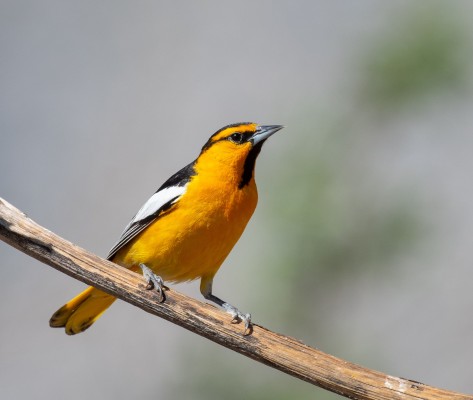

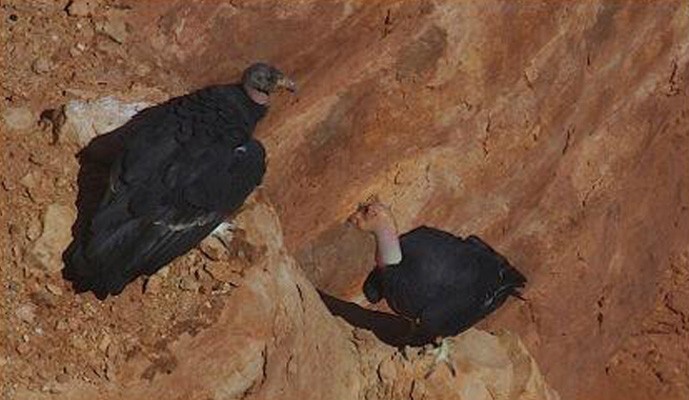
- “A great overview of some of the national parks in Utah. Stupendous landscapes. Every park was different and unique.” — Maura Hamill, 2023 Traveler
- “Scenically spectacular, lots of good birds (new for us), friendly group, excellent guide.” — Bill and Joan Zealey, 2022 Travelers
- “A good blend of sightseeing and birding.” — Sheila and Jim Barr, 2022 Travelers
Tour Highlights
- Visit four of Utah’s most stunning national parks; experience red-rock canyon country at its best
- Find Gambel’s Quail, Roadrunner, Lewis’ Woodpecker and Vermilion Flycatcher at Grafton, an historic Mormon settlement in Zion
- Watch California Condor spread their massive wings in flight
- Search out American Dipper where the river comes through the famous narrows of Zion
- Hike amid the magical spires of Bryce Canyon listening to Canyon Wren and Townsend’s Solitaire
- Enjoy wildflowers and fun local dining
- Cross a sea of sandstone on the scenic drive up Boulder Mountain where Steller’s Jay and Wild Turkey roam
- Among the colorful domes of Capitol Reef, watch for flocks of Pinyon Jay and along streams Wilson’s and MacGillivray’s Warblers
- Stand in awe at the edge of the Grand Canyon
- Add a fabulous array of species in the wetlands surround Salt Lake City by opting to join the Salt Lake City Birding festival—4 species of grebes, Wilson’s and Red-necked Phalarope, American Avocet, Black-necked Stilt, and more!


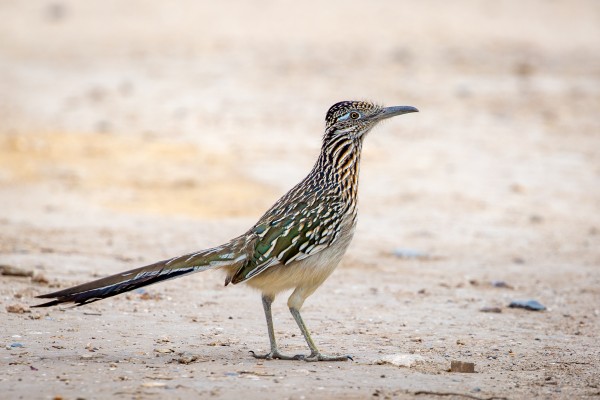

Trip Itinerary
Itineraries are guidelines; variations in itinerary may occur to account for weather, road conditions, closures, etc. and to maximize your experience.
Sun., May 17 Arrival in St. George | Drive to Zion National Park
Plan to arrive in St. George for the tour no later than 12:30 PM today. If you prefer to arrive the night before (encouraged), we suggest choosing an nearby hotel location. Please note that we drive an hour to Zion, so a delayed flight would be a problem for you to catch up to the group without a rental car.
Our plan by 1:00 PM is to be on the road to a treasured southwest national park: Zion, which is also an excellent birding site with its wide range of elevations and the Virgin River running through. Zion National Park is a fantastic realm of steep canyon walls, great domes and towers. Our lodgings is in Springdale, the gateway community to the park, where we get a great overview of the “temples,” natural domes that inspired the early Mormon pioneers of the region.
Driving into Zion, we stop at a birding hotspot along the Virgin River which provides easy passage for migrants and a breeding home for colorful species such as Western Tanager and Lazuli Bunting. This is the lowest elevation and most arid section of Zion National Park and vicinity. We settle into our lodgings in Zion N.P, and have dinner in the park.
Accommodations at Zion Lodge (D)
Mon., May 18 Zion National Park, UT
While at Zion, we use a convenient and environmentally friendly shuttle bus system to see the park, with the opportunity to walk short vista point trails. Here we look up to witness the bold power of erosion and the Earth’s movement. Local highlights are the narrows of the Virgin River, the Emerald Pools, and the Weeping Wall. The deep chasm of Zion Canyon displays a palette of reds, oranges, deep salmon, pink, yellow, and cream. Across these rocks we watch for hunting Peregrine Falcon or even a majestic Golden Eagle.
Along the trails you may find Black-throated Gray and Yellow-rumped Warblers, Black-headed Grosbeak, lizards sunning, secretive Ring-tailed Cat, and other local wildlife. Along the Virgin River we may find American Dipper, Black Phoebe, and both Rock and Canyon Wrens. One stop may have soaring California Condor, which frequent the park. We take sack lunches with us to enjoy in the shade of large cottonwoods. Time passes quickly! With the handy shuttle system, those that wish can return to town to sample the shops or relax, while others can continue to bird and enjoy the vista points.
Tonight, we dine together in the park and review our species list and plans for the next day.
Accommodations at Zion Lodge (B,L,D)
Tues., May 19 Kanab | Dinosaur Tracks | Pink Coral Sands State Park
Enjoy some early birding at a Mormon pioneer homestead at Grafton where we often find species of the southwest such as Gambel’s Quail, Vermilion Flycatcher, Rock Wren, Ash-throated Flycatcher, Lewis’s Woodpecker, and Greater Roadrunner. We also find stunning vistas and a personal sense of history.
After breakfast, spend much of the morning in Zion as we drive to the east entrance, crossing Checkerboard Mesa where we often have a chance to spot Desert Bighorn Sheep. At scenic Highway 89, we turn south to the surprisingly well-watered town of Kanab, checking local birding hotspots along the way.
Just north of Kanab is the opportunity to see some of the best dinosaur tracks in the US. From an unassuming parking lot amongst the red bluffs, we can take the short, half-mile trail to look for the many dinosaur tracks that can be found here!
Coral Pink Sand Dunes, formed over 10,000 years ago, are a dynamic landscape where red sand shifts up to 50 feet annually due to strong winds. Originating from eroding Navajo sandstone rich in iron oxides, the sand is funneled through a notch between the Moquith and Moccasin mountains, accelerating wind speed in a process called the Venturi effect. As the wind slows beyond the notch, it deposits the sand, creating the dunes. This unique environment supports diverse wildlife, including the endemic Coral Pink Tiger Beetle and amphibians drawn to temporary snowmelt ponds.
Accommodations in Kanab, UT (B,L,D)
Wed., May 20 Colorado River Boat Trip | Horseshoe Bend | Vermillion Cliffs
We start today with a half-day boat trip on the Colorado River at the iconic Horseshoe Bend. This half-day, 10-mile journey along the calm, scenic waters of the Colorado River offers a peaceful and inspiring way to experience its natural beauty, with stops at breathtaking sites. Along the way we stop at Petroglyph Beach, cruise through the bend, look for Rainbow Trout in the clear water, and possibly even see Bighorn Sheep.
In the afternoon, we make time to see the local California Condors. Kanab is well situated to finding California Condor, which have taken to nesting at Navajo Bridge in recent years. These are birds of the fascinating restoration effort based from the Vermilion Cliffs, a dramatic landscape feature visible for miles around. This is a good day to look for species we may have missed, a few that come to mind include Black-throated Sparrow, Woodhouse’s Scrub-Jay, Prairie Falcon, and Broad-tailed Hummingbird. If by lucky chance we’ve already had good condor sightings in Zion, we may go instead to Pipe Springs National Monument, a fascinating historic site with a spring that creates good conditions for finding migrants.
Accommodations in Kanab, UT (B,L,D)
Thurs., May 21 Sevier River Corridor | Bryce Canyon National Park
This morning, we pack up and head north, following the Sevier River through Hatch, Long Valley, and Orderville, small and historic Mormon communities. Orderville, created in 1874, was a socialistic experiment by Brigham Young for all to share resources and work. Riparian vegetation occurs along much of our route, a bonus for finding Bullocks Oriole, Lesser Goldfinch, Green-tailed Towhee, Black-chinned Hummingbird, and a mix of tanagers, swallows, and warblers.
Watch for colorful Mountain Bluebirds to be sitting on western buck and rail fence posts as we travel or for flocks of Pinyon Jay to be on the wing overhead. Willows lining the river corridor make great resting spots for warblers and sparrows moving through the region. Black-billed Magpie are now common among the sagebrush hills.
Our destination today is Bryce Canyon National Park. Our lodgings are located in Bryce N.P., so we can settle in, and time dinner early so that we can watch sunset over a panorama of rock features that have no equal. Bryce provides fanciful rock formations in every color of the rainbow and is completely different in character from both the Grand Canyon or Zion. It is higher in elevation and allows us to explore a variety of forests with a mixture of birds and mammals. We look for Utah Prairie Dog in the Bryce Canyon entrance area and Mule Deer and Elk can both be found here, too. The visitor center provides a wonderful orientation to the park, with excellent displays and an extensive collection of natural history books about the region.
Accommodations near Bryce Canyon National Park (B,L,D)
Fri., May 22 Bryce Canyon National Park
Bryce Canyon, established in 1905 by Theodore Roosevelt, is often the favorite of the parks among our travelers as it is small, intimate, and presents a real playground of light. Perhaps more than the other parks it appeals to the imagination, with its intricate pinnacles and hoodoo rocks that appear to take on human form. The multi-hued rocks of the large amphitheaters (eroded plateau edges) that comprise Bryce seem to glow in the early morning light. Thousands of colorful spires rise and join in a panorama like no other.
After breakfast, enjoy a great hike that makes a loop down through Bryce’s fanciful features. Experience first-hand the myriad, wonderful creations in siltstone, sandstone, limestone, and dolomite. Those that do not want to hike can enjoy birding and relaxing at the rim.
We return in time for lunch, and then take a scenic drive along the rim for varied views of this wonderland of rock. Townsend’s Solitaire sing from atop Bristlecone Pine, and Clark’s Nutcracker often call in flight overhead, busy caching their winter supply of seeds. We may find a group of migrant Townsend’s and Yellow-rumped Warblers mingling with resident Mountain Chickadee. In brushy areas look for Bushtit, Mountain Bluebird, and Juniper Titmouse. We often see both Mountain and Western Bluebirds, and if the Pinyon Pines have a good cone crop, we may find flocks of Pinyon Jay.
Accommodations in Bryce Canyon National Park (B,L,D)
Sat., May 23 Escalante Grand Staircase | Boulder Mountain | Torrey
Today’s journey provides expansive vistas as we drive up and over Boulder Mountain, one of the top scenic drives in Utah. We leave Bryce, passing through Escalante, seeing some of the vistas that comprise the Grand Staircase National Monument. At Calf Creek we enjoy a picnic and hike for a few hours. Avid walkers may reach the falls at the end; naturalists can amble, framing photos and finding songbirds in the willows and possibly fledged young of the canyon’s nesting Peregrines. Watch for American Dipper in the creek.
From here the road gets wild, crossing massive sandstone features and climbing in elevation. Enjoy some photo stops that are memorable—perhaps spy Golden Eagle or soaring Northern Goshawk!
The small town of Boulder was the last place in the US to have mail delivered by horseback; a paved road has only allowed us to traverse this route for a few decades. We stop for coffee, time to see some local art, and then head on to Torrey, climbing higher in elevation and passing through lush forests. Watch for Wild Turkey, Wilson’s Warbler, Pine Siskin, Steller’s Jay, and Mule Deer.
What goes up must come down, and our scenic road winds its way to Torrey. More red rocks await us in one of the hidden gems of Utah—Capitol Reef National Park.
Accommodations at Capitol Reef Resort (B,L,D)
Sun., May 24 Capitol Reef National Park
Today passes quickly, for we have much to see and savor. The park’s formations vary in color and texture, weaving a tale of geologic history reaching back millions of years. Away from the river, the landscape is arid, allowing for unbroken views of the vibrant rock. There are natural bridges and arches to see; black volcanic boulders washed down from neighboring plateaus and cliffs called the Fluted Wall.
Our picnic is in the park with striking views of the red rock backdrop. We enjoy walks, birding, time at vista points, and an excellent petroglyph panel, and towards the beautiful soft light of day’s end we drive the scenic road of the park with stops for admiration and photography. We should find Gray Flycatcher, flocks of Pinyon Jay, and more Wild Turkey. Our final dinner is at a favorite local restaurant and afterwards we tally up our final list.
Accommodations at Capitol Reef Resort (B,L,D)
Mon., May 25 Departures
Today we pack up after an early breakfast for the return to St. George. This is a three and a half hour drive, and we do take a few breaks, always looking for one more bird! We arrive in time for flights out after 1:00 PM. (B)
Cost of the Journey
The cost of the journey is $4790 DBL / $5770 SGL, per person based on double occupancy. This cost includes accommodations for 8 nights, meals as specified in the itinerary (B=breakfast, L=lunch, and D=dinner), airport welcome and transfers, professional guide services, local park and other area entrance fees, and miscellaneous program costs.
The cost does not include transportation to or from your home city, or items of a personal nature such as laundry, telephone calls, or beverages from the bar or gratuities for porterage or personal services.
Travel Details
Please plan to make air travel plans only after the minimum group size has been met. We will send you a confirmation email as soon as the trip has been confirmed.
Arrival and Departure Airport: St. George Regional Airport (SGU). You may find it more convenient to fly into Harry Reid International Airport (LAS) in Las Vegas and take a 2-hour shuttle to St. George, UT if your preferred airline doesn’t fly into SGU.
Arrival Details: Plan flights to arrive May 17, 2026 no later than 12:30 PM.
Departure Details: Plan flights to depart May 25, 2026 after 1:00 PM.
Travel Tip: If you are arriving early into St. George, we recommend you book a room at the La Quinta Inn & Suites by Wyndham, which is the same hotel our guide will stay at, making it convenient to meet up on the first day of the tour. This hotel, like most in St. George, does not offer an airport shuttle, but you can use the St. George Shuttle Service and book online or call them at (435) 628-8320 to book a taxi to the hotel. This shuttle company also makes multiple daily trips between the Harry Reid International Airport (LAS) in Las Vegas and St. George if you prefer to fly into that airport.
Browse below for trip reports and species lists from past versions of this and other tours from this destination.
Utah/SW National Parks
- May 2010
- September 2011
- October 2011
- September 2012
- October 2012
- September 2013
- September 2015
- May 2021
- May 2022
- September 2022
- May 2023
- September 2023
- May 2024
- September 2024
- May 2025
- September 2025
-
David Jaffe

David Jaffe is an engaging naturalist inspiring people through his curiosity to develop meaningful connections with our home planet. He has been an avid birder since volunteering with the National Audubon Society in 1991. Over his 30+ year career in the outdoor industry, he has gained experience as a guide throughout the United States and on all seven continents. He is a certified National Geographic Photography instructor and works as a naturalist and lecturer on expedition ships. He helped establish a marine protected area off the coast of Madagascar and assisted with bird research projects in the United States, Canada and South America. He has led backcountry trips in Denali National Park and gained great insights while working as a Park Ranger in Yosemite and Sequoia National Parks. He is a passionate birder with a keen interest in geology, botany, and the intricacies of natural history. He loves this work and infuses every tour with his enthusiasm, knowledge and care.
Other trips with David Jaffe
-
 Trinidad & Tobago: Incredible Birds & WildlifeJanuary 23 - February 1, 2026
Trinidad & Tobago: Incredible Birds & WildlifeJanuary 23 - February 1, 2026 -
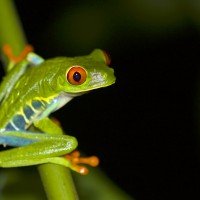 Costa Rica: Monteverde & More!March 18 - 28, 2026, w/La Selva/Sarapiqui extension
Costa Rica: Monteverde & More!March 18 - 28, 2026, w/La Selva/Sarapiqui extension -
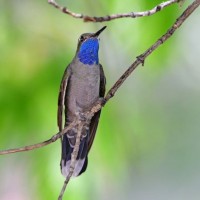 Southeast Arizona FULL - Check our Arizona Monsoon Madness!May 2 - 11, 2026
Southeast Arizona FULL - Check our Arizona Monsoon Madness!May 2 - 11, 2026 -
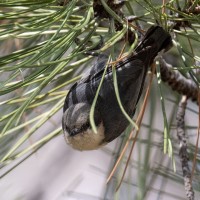 Oregon: Mountain Peaks to Pacific Beaches July 25 - August 1, 2026
Oregon: Mountain Peaks to Pacific Beaches July 25 - August 1, 2026 -
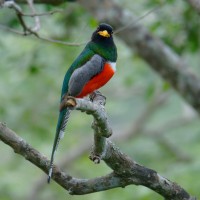 Arizona Monsoon Madness: Birding & Nature in a Season of Wonder!August 4 - 11, 2026
Arizona Monsoon Madness: Birding & Nature in a Season of Wonder!August 4 - 11, 2026 -
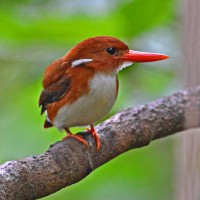 Madagascar: 8th Continent!November 4 - 18, 2026
Madagascar: 8th Continent!November 4 - 18, 2026 -
 Classic Alaska: Birding & Wildlife: Anchorage, Nome, Seward & Kenai Fjords Sold as a private tour.June 8 - 17, 2027
Classic Alaska: Birding & Wildlife: Anchorage, Nome, Seward & Kenai Fjords Sold as a private tour.June 8 - 17, 2027
-
-
Barbara Jording
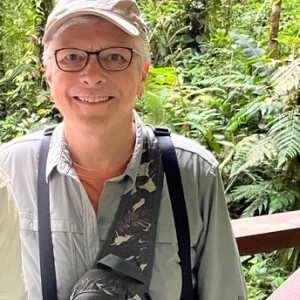
Barb’s passion for birds started early; in grade school she spent hours leafing through her mother’s Birds of America, making lists of birds according to color. A family trip to Europe at age 12 opened the world to her. She returned to Switzerland as an exchange student in high school and in college guided student tours with the Experiment in International Living.
Barb volunteered with Golden Gate Raptor Observatory trapping and banding raptors for 5 years and has participated in many Christmas Bird Counts. After 25 years as a small business owner, Barb sold out and with her partner Liz, spent the following 5 years work-camping in their RV, crisscrossing the US and Canada exploring National Parks and Monuments, choosing destinations according to migration, connecting with nature, people and history.
Not yet ready to retire, in 2016 Barb prepared for a new career as a Certified RV Technician which led to touring contracts with an exclusive, small RV Caravan company. Several tours to Alaska and the Grand Circle of the Southwest were the perfect opportunity to feed the travel bug and share nature, culture, history and local cuisine with guests.
Dual addictions to travel and birding have guided Barb’s journeys through Europe, South and Central America, Mexico, Canada, and every US state. Always with a pair of binoculars handy! Barb looks forward to each opportunity to share the excitement and joy of these passions with our guests here at Naturalist Journeys.Other trips with Barbara Jording
-
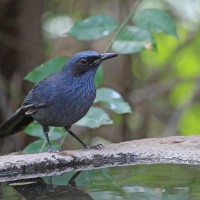 Grand Oaxaca: Birds, Culture & Crafts FULL - See our April departure!January 11 - 22, 2026
Grand Oaxaca: Birds, Culture & Crafts FULL - See our April departure!January 11 - 22, 2026 -
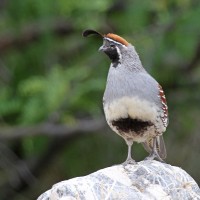 Arizona: Sky Island Winter Birding Blitz Only two spaces left!February 21 - 27, 2026
Arizona: Sky Island Winter Birding Blitz Only two spaces left!February 21 - 27, 2026 -
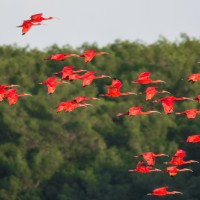 Trinidad Short & Sweet A Relaxing Week at Asa Wright Nature CentreMarch 26 - April 1, 2026
Trinidad Short & Sweet A Relaxing Week at Asa Wright Nature CentreMarch 26 - April 1, 2026 -
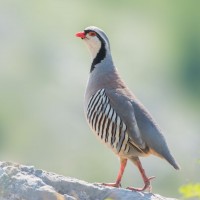 Captivating Croatia: Birding the Adriatic Coast FULL - Check out The Netherlands & Belgium!April 11 - 23, 2026
Captivating Croatia: Birding the Adriatic Coast FULL - Check out The Netherlands & Belgium!April 11 - 23, 2026 -
 Birding Canyon CountrySeptember 15 - 23, 2026
Birding Canyon CountrySeptember 15 - 23, 2026 -
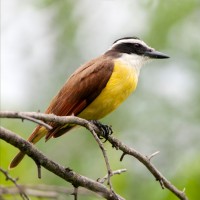 South Texas Birding & NatureNovember 9 - 17, 2026
South Texas Birding & NatureNovember 9 - 17, 2026
-
Essential Information +
Packing List +
Suggested Reading List +
Useful Links +
Photo credits: Banners: Hiking in Utah, Naturalist Journeys Stock; Bryce Canyon, Hugh Simmons; Grand Canyon, Hugh Simmons; Capitol Reef, Hugh Simmons; Black-headed Grosbeak by Homer Gardin; Bullock's Oriole, Homer Gardin; California Condors by Greg Smith; Utah Scenic, Naturalist Journeys Stock; Black-throated Gray Warbler, Peg Abbott; Hiking Bryce Canyon, Naturalist Journeys Stock; Grand Canyon Sunset by Carol Simon; Greater Roadrunner by Peg Abbott; California Condor, Greg Smith; Wynne Brown by Rainbow Bridge, Jill Rowley; Lewis’ Woodpecker, Steve Wolfe; Western Bluebird, Greg Smith; Gambel’s Quail, Homer Gardin; Bighorn Ewe, Steve Wolfe; Bullock’s Oriole, Greg Smith; Hooded Oriole, Homer Gardin; Steller's Jay, Homer Gardin; Green-tailed Towhee, Sandy Sorkin; Hiking in Bryson, Naturalist Journeys Stock; Pronghorn, Greg Smith; Canyon Wren, Peg Abbott; Calf Creek Falls, Naturalist Journeys Stock; Cedar Breaks, Naturalist Journeys Stock; Broad-tailed Hummingbird, Sandy Sorkin; Canyon Wren, Carlos Sanchez; Golden Eagle, Greg Smith; Loggerhead Shrike, Steve Wolfe; Peregrine Falcon, Greg Smith; Rock Wren, Steve Buckingham; Raven, Naturalist Journeys Stock.





